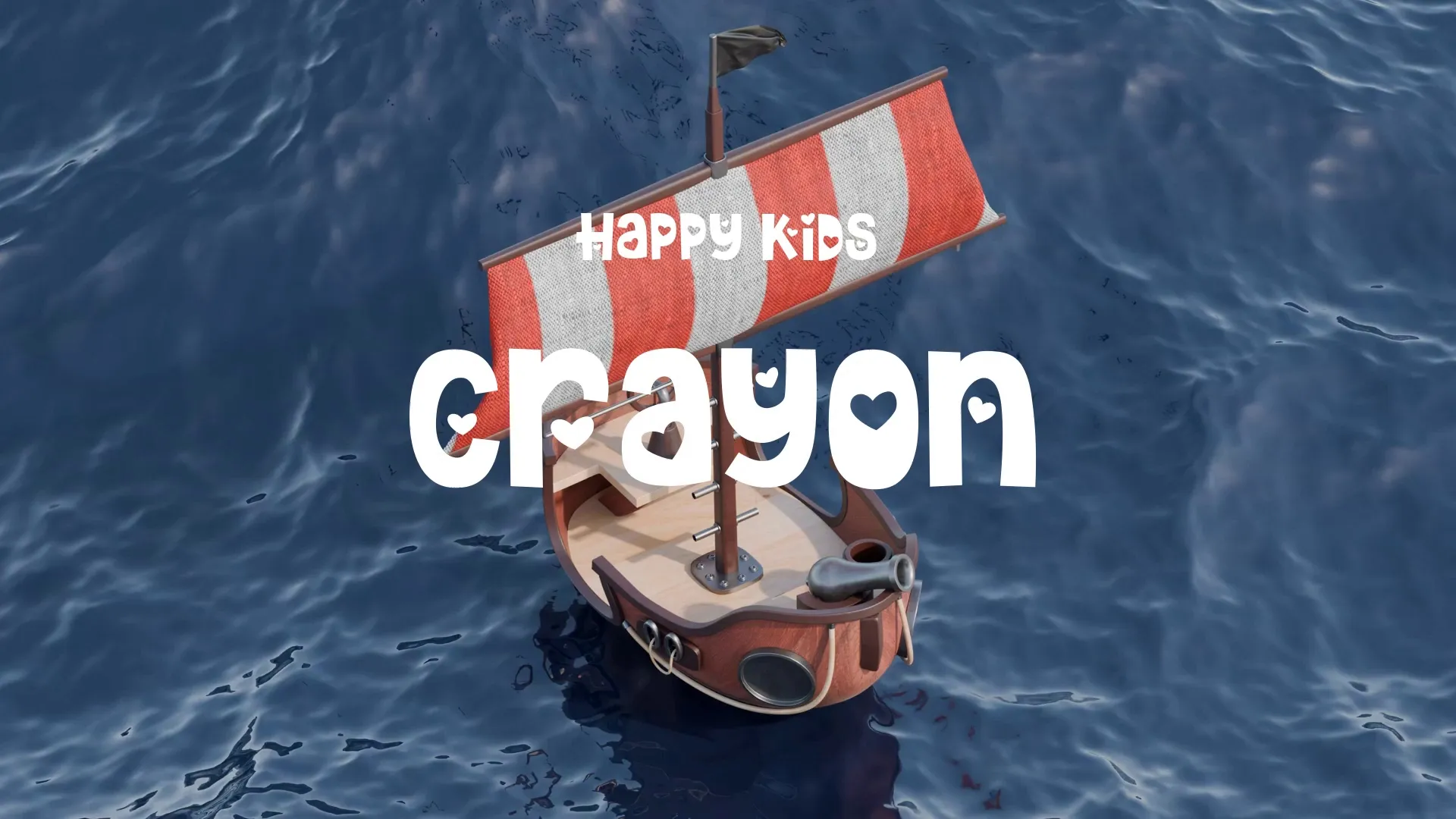The Open-World Apocalypse: Why Linear Games Are Staging a Comeback
It started subtly. A glitch in the matrix, perhaps. But as the sprawling landscapes of open-world games became increasingly… empty, a primal fear began to grip the industry. The illusion of freedom was crumbling, revealing the hollow core beneath.
The whispers started in online forums, then bled into mainstream gaming media. Were we being sold a bill of goods? Was “bigger” truly “better,” or were we sacrificing genuine engagement on the altar of sheer acreage? The answers, as they always do, lay buried in the code.
Here are 10 signs the open-world apocalypse is upon us, and why the meticulously crafted corridors of linear games are staging a comeback.
1. The Endless Fetch Quest Fatigue
Remember the thrill of exploring a new open world? The first time you crested a hill and saw a map stretching out before you, ripe with possibilities? That feeling is now akin to a phantom limb – we remember it, but it no longer exists.
Now, it’s just fetch quest, fetch quest, fetch quest. A never-ending stream of meaningless tasks designed to pad out playtime and inflate the perceived value of a bloated game world. I call it the “Squirrel Syndrome.” A desperate attempt to find something, anything, to do in a seemingly limitless space. I remember spending 6 hours retrieving 15 bear asses for a shop keeper in the northern region of that game we shall not name.
The linear experience, on the other hand, offers curated objectives. It values quality over quantity, ensuring every task serves a purpose and contributes to the overall narrative. This avoids the “Squirrel Syndrome” entirely.
2. The Narrative Black Hole
Open-world games often boast branching narratives and player choice. But the sheer scope of these games often leads to narrative incoherence. Try asking yourself if the story made any sense from beginning to end.
The main storyline becomes diluted, buried beneath a mountain of side quests and optional content. It becomes a challenge to even find the next main story point. Imagine trying to read a novel where every third page is replaced with a disconnected short story. Frustrating, right?
Linear games excel at crafting tightly woven narratives. Every moment is carefully orchestrated to build tension, develop characters, and deliver a satisfying conclusion. Think of it as a perfectly constructed puzzle box; the narrative is the key to unlock its secrets.
3. The Optimization Nightmare
Creating a vast, seamless open world is a technical marvel. But that marvel often comes at a steep cost. Glitches, bugs, and performance issues plague even the most anticipated releases.
I recall playing a recently released open-world title where my character fell through the floor three times in the first hour. It was not an enjoyable experience.
Linear games offer developers greater control over the player’s experience. This enables them to optimize performance and polish the visuals to a razor’s edge. No falling through the floor for you in a well-designed linear game.
4. The Empty Promise of “Freedom”
Open-world games tout the freedom to go anywhere and do anything. But that freedom often feels… hollow. The world is large, but the interactions are shallow. The choices are superficial.
Create a free account, or log in.
Gain access to free articles, game development tools, and game assets.
.webp)







.webp)














